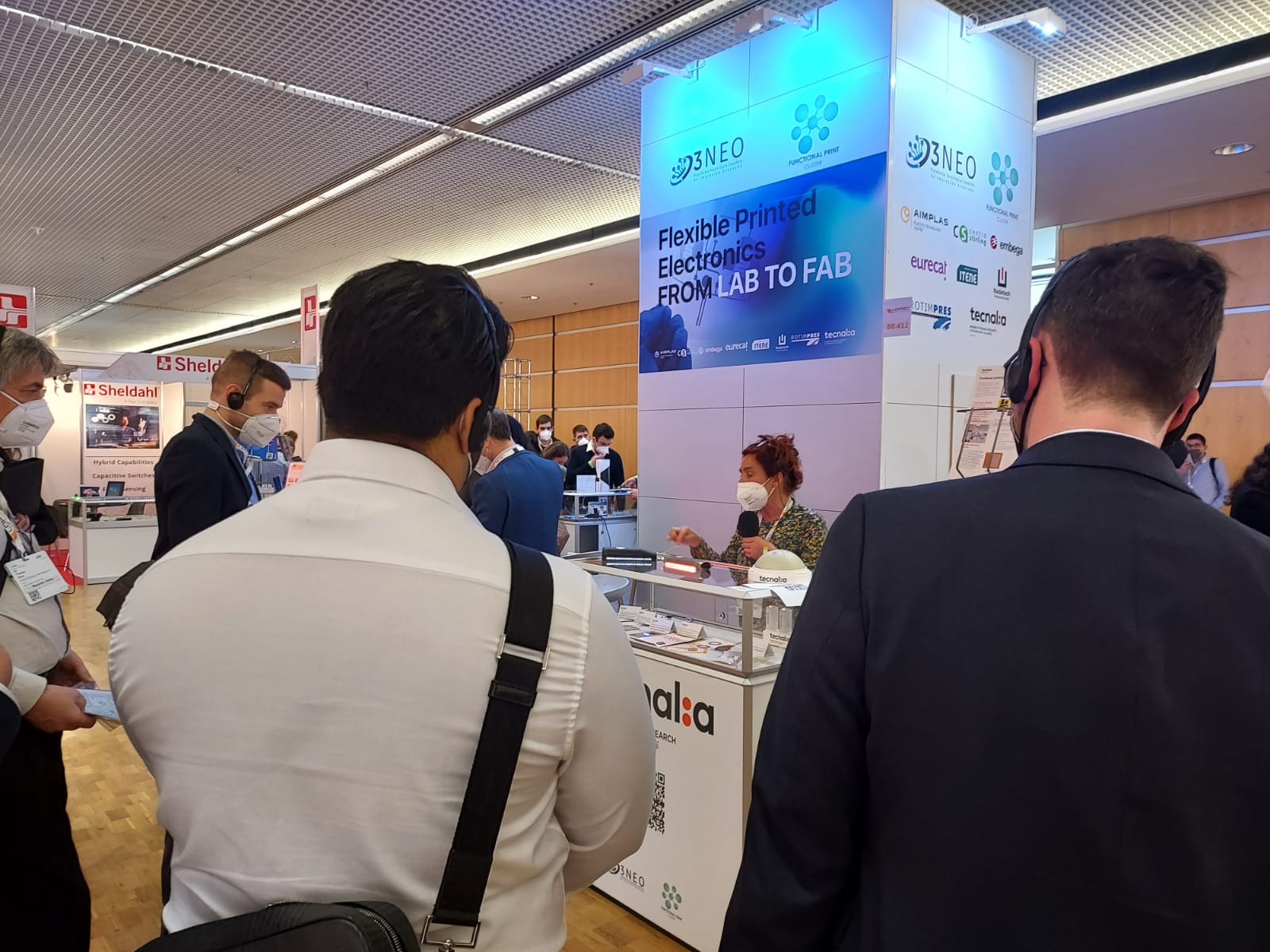“TECNALIA shares knowledge, trends and innovation in functional printing developments with the European reference industry”
Technologies and processes, which are used in the development of functional printing, significantly reduce environmental impact
The technologies and processes used in the development of functional printing have a great impact on our daily lives and society as a whole. These innovations will mark the design of elements, such as sensors, heating systems, wiring or lighting systems of the future.
Thanks to our technological knowledge and our state-of-the-art laboratories, TECNALIA is able to develop prototypes and transfer them for their application, and achieve greater competitiveness in the industry.
To develop these prototypes, the following steps are involved: selection of media substrates; ink formulation; electronic design; optimisation of the printing process; functional characterisation and prototyping of final products as plastic parts; metal or ceramic substrates and flexible substrates with complex surfaces, with curvatures and prints in 3D.
This commitment to research and development has led us to have three patents registered in the following techniques:
Direct 3D printing on non-conventional materials
Direct 3D printing has the potential to customise products and integrate electronics without adding weight by avoiding or reducing the use of printed circuit boards. Direct 3D printing will significantly alter the way electronics are integrated into common objects, such as integrated illuminated panels or antennas in objects.
Printed functions integrated into composites
We have developed a process to embed functions in composites dramatically minimizing the damage to the structure. This process is key to the development of value-added composite products and will change the way multifunctional composite parts, such as touch button lighting panels, integrated heating elements, voltage sensors or integrated temperature sensors, are manufactured.
Printable composite and textile veils
TECNALIA has developed printable veils that can be laminated to obtain high performance composites and textile parts. The main advantages of these veils for printed electronics are the ability to print thin lines (<100 µm), and the significant elasticity properties. Furthermore, these veils not only reinforce the compounds mechanically, but also feature functions such as antibacterial, electrical and thermal conductivity or aesthetic properties.

